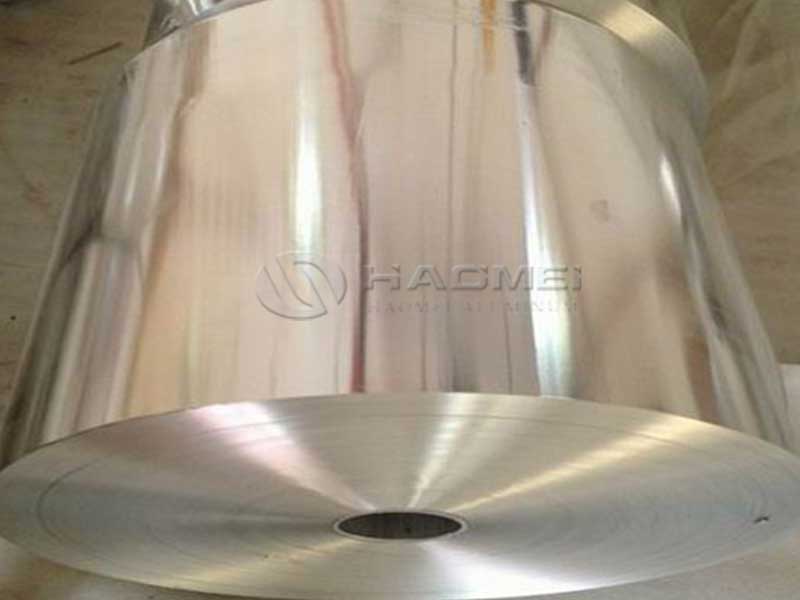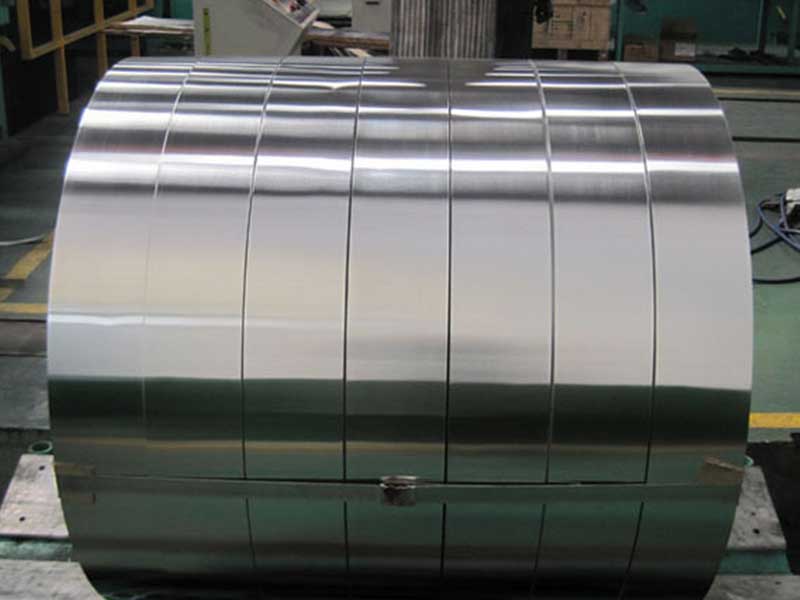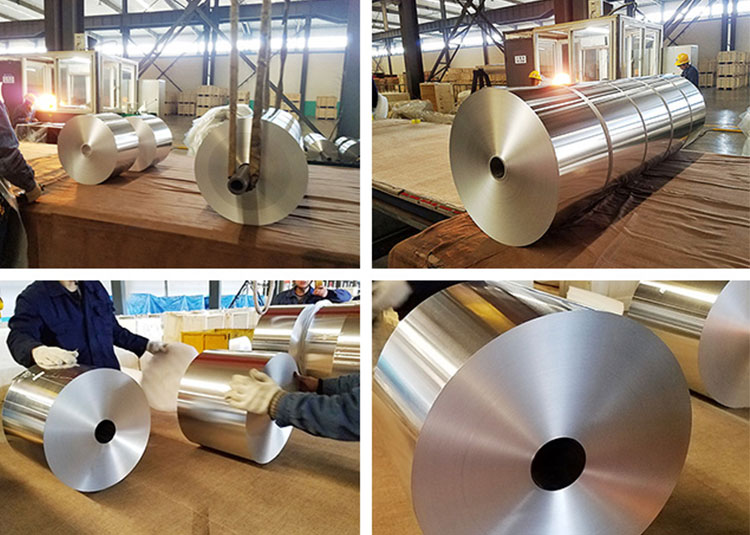The modernization of packaging solutions in various sectors continues to rise with technological advancements and changing consumer needs. One significant development is the innovation of using color coated aluminum foil in PP (polypropylene) cap production. Apart from ensuring functionality and seal integrity, the aesthetic appeal rendered through a high gloss finish has led to increasing preference in the packaging industry.
The Unseen Strength Behind Aesthetics
When thinking about aluminum foil, many imagine its pliability, conductivity, or resistance features. However, it's critical to unpack why color coated aluminum foil stands out in the competitive flora of packaging merits for PP cap production:
Chemical Properties and Value Addition
Color coated aluminum foil is installed with protective elements enabling additional features:- Corrosion Resistance: Adding a coating enhances resistance to moisture, chemicals, and UV degradation, improving longevity of stored products.
- Non-Toxid: Chemistry of anodic coatings allows compliance with industry standards, ensuring safe use for food and beverage applications.
Mechanical Strengthleaf:
Using aluminum alloys known for excellent mechanical properties enhances the durability of PP caps suggesting:- Increased tensile strength to withstand potential tearing during handling, filling, and cap sealing processes.
Advantages Over Traditional Materials
While traditional plastic and older foil versions provide basic protection, this advanced foil offers uniqueness—not solely in its structural essence but also visually.
- Aesthetic Customization: Applications thrive on vibrant color variation: brands can express themselves stylistically, appealing to more consumers, essential for bottled beverages or special food products.
- High Gloss Finish: Substantially enhances attractiveness through light refraction and creates a premium look that can justify pricing differences highlighting market differentiation effects.
Technical Insights and Implementation Standards
To better appreciate the significance of color coated aluminum foil in producing PP caps, one must navigate a breadth of relevant specifics that equally emerge from chemical and technical parameters:
| Chemical Properties | Value |
|---|---|
| Alloy Typologies | 1050, 1100, 1235 typical |
| Tempering | O, H14, H16 normalized; custom freezing compliant |
| Coating System | PU, epoxy-based with oily-resin platings subjected to industry concerns. |
| Thickness Options | Ranging from 30μm to 90μm available |
| Adhesive property | Cam resist technology applied for homogeneity monitoring and coupling for fillers |
Implementation Protocol and Standards:
Meeting stringent standards such as ISO, ASTM & food storage regulations are imperative before production:
- Surface Preparation & Priming that precedes the application of the coating, ending with curing techniques inferring durability.
- Adherence to both quality check tests verifying functions including light reflectance assessments and thickness integrity measurements.
From Technical Groundwork to Cap Production Applications
Having defined the essential technical framework, let's circle back to its implementation in cap production setup. Under stringent process aides like coating line synchronization, flow statistics centered around core elemental balance and predictive automation settings become indispensable for successful methodology.
Flow Process Insights:
- Material Flattening: Ensuring web-like forms leading to coating permit for fabrication suitability.
- Variances in Color Introducing: Employing rich pigment inclusion entails emotional stimuli which directly link consumer graphics savvy.
- PP Capping Seal Generation: Any foil needed for cap underneath demands calculation between thermal features adhering correctness around dynamic barrel seals function-driven remodulations regarding joint fastening.













